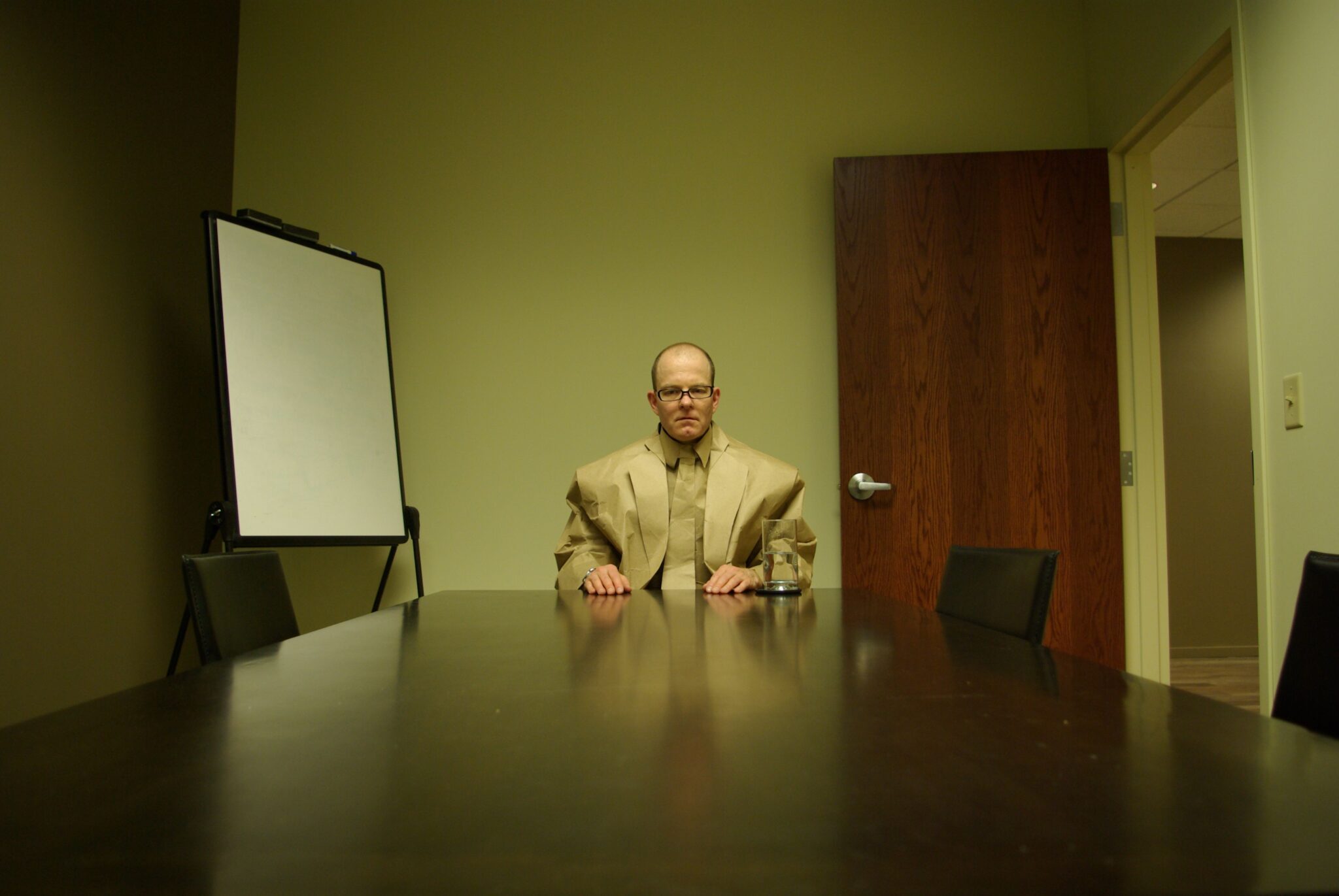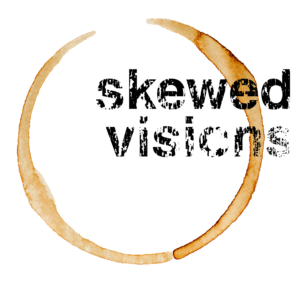Jasper Johns (2008)
Created by Gülgün Kayim, Sean Kelley-Pegg, & Charles Campbell at the Ritz Theater, Minneapolis
This work was the result of an American Masterpieces grant from the National Endowment for the Arts through the Minnesota State Arts Board. American Masterpieces is a major national initiative to acquaint Americans with the best of their cultural and artistic legacy.
Created for the picture-like frame of the Ritz Theater proscenium stage, Skewed Visions explores surveillance, national identity, and representation with three performances inspired by paintings that change who we look at art. In the spirit of Johns’ work, connections, contradictions, and associations between oru three “panels” are encouraged.
Jasper Johns: Flag
Created by Gülgün Kayim

Sound: Jennifer Kotting
Costumes: Amy McClure
Video: Katinka Galanos
Set: Julia Reisinger
Performers: Blake Bolan, Beth Brooks, Kym Longhi, Vladimir Rovinsky
One of three panels of Jasper Johns, a study in performance triggered by the works of the landmark American painter, in June 2008.
Notes on Jasper Johns: Flag
My responses to Jasper Johns’ American flag series are mediated by my status as an alien in this country. As a cultural outsider I see this country and its icons from a very different standpoint. I am fascinated by the power of Johns’ imagery. I see at once the flat symbol and its deeper meanings triggered by my immigrant’s perceptions of America and Americanism.
The outsider influences began for me at the outset of this project while working with a group of Russian dancers from St. Petersburg and members of my cast. As we worked I came to realize that to fully understand the idea of America it was necessary for me to become a citizen. Thus, Flag is also a document and enquiry of the process of becoming an American citizen. For this piece Vladimir Rovinsky and I have embarked on the long citizenship process, asking questions and making public the very personal journey to American citizenship. As we have discovered much of the time our experience has been defined by waiting. Also in Flag I have tried to present a work that is as much about the spirit of Johns’ artistry and his manipulations of materials as it is a personal examination of contemporary American identity.
Finally, a note on the process: the performers and I worked collaboratively to create Flag each contributing our triggers to John’s flag paintings as well as concepts for the overall work.
Jasper Johns: WatchmanDecoy
Created by Sean Kelley-Pegg

Performers: Monique Benson, Charles Campbell
One of three panels of Jasper Johns, a study in performance triggered by the works of the landmark American painter, in June 2008.
Notes on Jasper Johns: WatchmanDecoy
These projects are the result of a long fascination I’ve had with the concept of translation. My script was a series of “Target” paintings Johns executed early in his career. My assignment, as I saw it, was to make a loose translation of these paintings to a time-based format, trying to capture the spirit of the originals while allowing the new work to have a life of its own.
These works are a group of paintings created in the early 1960’s that make use of a familiar set of concentric rings to represent a target – something used for shooting practice. The paintings from this series are usually executed with pigmented wax over newspaper, and are generally presented without a frame. In some cases, objects have been added to the paintings, such as wooden boxes with lids, provoking the viewer to touch the work and thereby inviting an active relationship with the canvas. They are simultaneously paintings of targets, and targets themselves.
These Targets exist as icons, but do not tell a story, so the biggest challenge was to resist plot as much as possible. I approached the idea of “shooting” a “target” as a metaphor for the process of seeing through a camera. The simple act of watching, and being watched – and how they can be turned on their heads.
Jasper Johns: GRAY
Created by Charles Campbell

Live sound: Elliott Durko Lynch
Video: Kevin Obsatz
Performers: Blake Bolan, Charles Campbell, Cherri Macht, Laurie Van Wieren, Rebecca Yoho
One of three panels of Jasper Johns, a study in performance triggered by the works of the landmark American painter, in June 2008.
Notes on Jasper Johns: GRAY
“With abstract painting we created a better possibility to approach that which cannot be grasped or understood, because in the most concrete form it shows ‘nothing.’”
– Gerhard Richter
GRAY was inspired in part by Johns’ 2002-3 painting Near the Lagoon. With GRAY I explored theatrical parallels to Johns’ use of gray as surface, subject, and cover.
In Near the Lagoon Johns uses the shapes and arrangement of Degas’ re-assemblage of Manet’s painting The Execution of Maximilian. Johns rotates the arrangement and, after painting in yellow, blue and red, nearly conceals these colors and shapes with short brush strokes of gray. A string hangs loose in a curve in front of the canvas. We can see that something is hidden, protected, or cordoned off, underneath.
I wanted to create a multi-dimensional space, a deep “surface,” on stage that functions the way I see Near the Lagoon function: a surface that speaks quietly of that which cannot be grasped because in the most concrete form it shows “nothing.”
Different performance disciplines can work together like Johns’ paintings dialog between surface and subject. A gesture invested with the specificity of a character’s action and inserted into a neutral movement phrase can result in an unresolved tension between the two. “Nothing” is shown: the subject is tied up in the surface, the theater is tied up in the dance, and it is impossible to pull them apart. In Johns’ work such tension resists resolution – we have to step off from the traces that appear in his work and cross the gap over the unknown ourselves, holding this tension like a handrail.
Something is hidden down below. We can’t grasp it, but we can see that it is there: squirming just below the surface.
